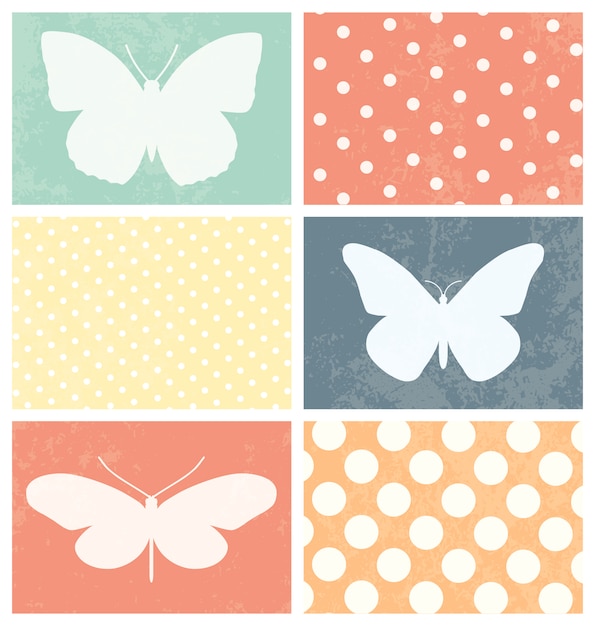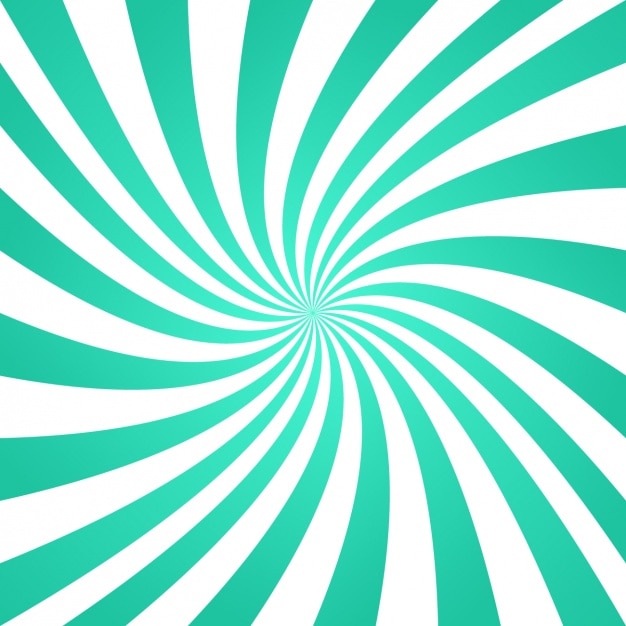Table Of Content

Different color profiles are appropriate for different types of design. The combination of these hues has a harmonious appeal similar to monochromatic color schemes. Monochromatic color schemes focus on a single color, often using variations of that hue by incorporating tints, tones, and shades. It might sound like a boring palette, but this provides variations in value that add interest and dimension to your composition.
Choosing a color scheme to create color harmony
Designers often use a monochromatic color scheme to use color in a more subtle way. A monochromatic color scheme removes the decision-making complexity around how to use several contrasting colors, and generally allows designers to use color effectively in a simple way. To make a monochromatic color palette, you scale the lighter and darker versions the same amount from your primary color. In our color wheel, the monochromatic shades are 20% lighter and darker than the primary color you select. Complementary colors use colors from opposite sides of the color wheel to create a sharp contrast.
Clean Ingredients
While red is a bold and powerful hue, always use it sparingly, especially when paired with other vibrant hues. Too much intensity can weaken a design and stir up the wrong emotions, even inciting aggressiveness. Known for its striking and vivid personality, red brings out intense emotional responses in its viewers. Restaurants often incorporate red into brand elements to take advantage of that increased appetite. Brands also utilize shades of red to give off a thrilling and adventurous tone. Neutral colors are found throughout nature, from wood grains to sand to cloudy skies.
SIMPLY LUXURIOUS COLOR
With a scrollable color wheel, you can adjust to the individual shade of red-orange that you want, based on your placement on the wheel. You can also mix blue-green, blue-violet, red-orange, red-violet, yellow-orange, and yellow-green to create unique tertiary colors. This granular color picking ability helps product designers find the exact shade, and accent colors for their product. A triadic color scheme is similar to a split complementary color scheme.
Kid's Haircare
Yellow, blue, and red form a vibrant triad that can be difficult to balance. Let one hue shine, like the yellow on the car below, and accentuate with other triadic hues, such as the blue and red found on the beach gear atop the car. A triad consists of three colors that are placed equidistant from each other on the color wheel, forming an equilateral triangle as seen below. Triads can include three primary, secondary, or tertiary colors. Using many hues in a design can often overwhelm the viewer and obstruct the design’s tone, but subtle color variations on one hue help to simplify a design without making it too flat. Let’s dive in and explore the different types of hues present on the color wheel.

Including color inspiration and tools to create color palettes. Familiarize yourself with the unique color combinations of other designers. Personally, I like to look around design websites like Dribbble and Behance to see how modern color schemes are being used across different projects.
The vividness of the orange citrus fruits stand out against a light blue backdrop. Hey, we've all been there—sometimes you go blonde, and the shade turned out a lot brassier than we'd hoped. We're big fans of purple and blue shampoo for neutralizing the unwanted tones of bleached, chemically lightened, or tinted hair. This includes everything from platinum blonde 'dos and highlights to balayage and ombré hair.
Semi-permanent color
This gives you a palette of three colors and helps to create a more subtle color palette than the sharp contrast from a purely complementary color scheme. The color wheel is firstly defined by primary colors, red, yellow and blue which sit opposite to each other on the wheel. All other colors can be obtained from mixing these three colors. These base colors are the starting point that we will build the rest of the wheel from.
Tiny networks intertwine to mimic design of bird colors Cornell Chronicle - Cornell Chronicle
Tiny networks intertwine to mimic design of bird colors Cornell Chronicle.
Posted: Thu, 26 Oct 2023 07:00:00 GMT [source]

All 101 of these color combinations are available in the RGB color profile as well, and they’re ideal for use in online or web designs. The most common method of offset printing involves process colors. These colors are produced by a combination of cyan, magenta, yellow, and key (black), or CMYK inks.
Google's 'Making Sense of Color' to question everything we know about colour at MDW - STIRworld
Google's 'Making Sense of Color' to question everything we know about colour at MDW.
Posted: Wed, 10 Apr 2024 07:00:00 GMT [source]
Too much yellow can be overwhelming to viewers and seen as a cheap tactic to increase sales. While orange tones often give off a friendly demeanor, brands might want to use this hue sparingly. Decrease its vibrancy by utilizing tints, tones, and shades of orange, or opt for muted versions such as peach, terracotta, or apricot to add a sense of elegance.
Tints, tones, and shades of warm hues are your best friend because they help to desaturate a hue without negating its positive effect. Analogous colors are a group of three or four colors that border each other within the color wheel. The word “analogous” means closely related so, logically, these colors are close together on the color spectrum. Colors that lack chroma and saturation, like whites, grays, and blacks, are called achromatic. Many artists prefer to work in achromatic environments because they provide direct indications of value through dramatic shadows and highlights. Anyone looking to touch up their roots while refreshing the color on the mid‑lengths and ends of their hair to reduce dullness or correct brassy tones.
As someone who plays fast and tries to keep the brain free of additional thoughts on the course, making sure the visual technology was visible on the tee and putting green took some getting used to. Demi-permanent dyes are perfect if you're interested in trying a color out, but not ready to commit to a permanent which has to grow out rather than fade. "These colors are a little denser than Shades EQ," he tells Byrdie.
This powerful triad shapes the foundation of color theory as we know it. These three pigments are the building blocks of an extensive color range, or gamut. When combined, they create secondary and tertiary colors along with all hues in-between. Redken has been around for decades and for good reason—the brand creates gorgeous toning colors, especially on blondes. Rez and Walker both use Redken Shades EQ for in-salon toning, glossing, color-correcting, and blending white or blonde hair.
Instead, try to incorporate its tints and shades, as seen in the fashion portrait below. Pair purple with its complement, yellow, for a bold contrast, or incorporate split-complementary schemes for a more subtle contrast. Consider using yellow’s tints or tones in branding accents, instead of utilizing the attention-grabbing hue as a dominant color.
Monochromatic and analogous combinations, seen in the dew drops below or in the aurora borealis above, create a peaceful and harmonic palette. This sunshine hue evokes warmth, cheerfulness, and serenity in its purest form. Yellow‘s eye-catching hue is also a color people notice instantaneously, typically used in reference to caution, road signs, and security vests. Orange marries the fieriness of red and the cheerfulness of yellow. Its vibrance usually indicates confidence, casualness, and a fresh start.
"I have used almost every brand of semi/demi gloss out there, and nothing compares," says Walker. "They make blondes glisten." Just a heads up, this line isn't DIY-friendly—if you want to try it out, ask your colorist. Various devices, monitors, browsers, and applications use diverse technologies for color rendering, which can result in visual disparities across them. When designing for digital platforms, it's crucial to consider color profiles, as they establish a consistent standard for defining and rendering colors based on the specific screen.

No comments:
Post a Comment